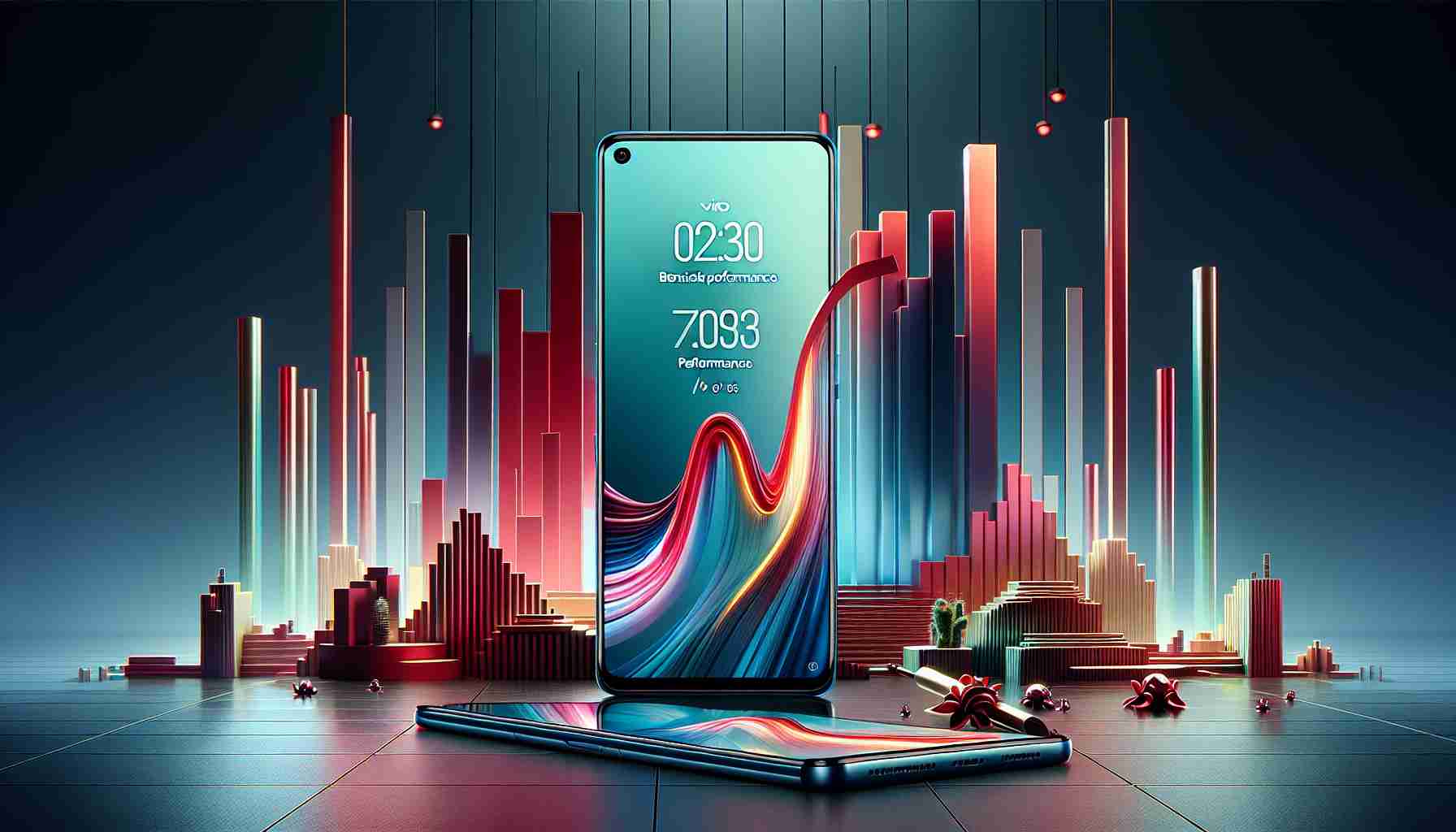Motorola’s Next Flagship Tipped to Impress with High-End Specs
A speculative fever grips tech enthusiasts as Motorola’s upcoming smartphone, expected to be named the Motorola X50 Ultra globally and anticipated to hit the Chinese market as the Edge 50 Ultra on May 16, has been spotted showcasing its prowess on Geekbench 6. The handset, revealing clues under the model number XT2401-2, has demonstrated impressive results, hinting at superior power with scores of 1,946 in single-core and 5,128 in multi-core tests. At the heart of this performance lie a Qualcomm Snapdragon 8s Gen 3 chipset, a hefty 12GB of RAM, and the latest Android 14 OS, heralding an upcoming device that aims to exceed expectations.
vivo’s Upcoming S19 Pro Anticipated to Offer Rapid Charging Technology
Equally garnering attention is the vivo S19 Pro, which carries model number V2362A on the Geekbench platform. It posted substantial single-core and multi-core scores of 1,567 and 5,019, respectively. The driving force is reportedly a MediaTek Dimensity 9200+ chipset partnered with 8GB of RAM, although additional configurations might be presented post-launch. This smartphone not only promises speed with its performance but also quickness in recharging, with rumors of an 80W fast charging support—a feature that avid mobile users and those on the go would find highly beneficial.
As the premiere of these devices draws near, both the Motorola and vivo flagships are positioned to deliver a combination of stellar performance and forward-thinking amenities. Tech observers are on high alert for the official release, which promises new heights in smartphone capabilities.
Importance of Benchmark Listings for Upcoming Smartphones
Benchmark listings like Geekbench provide early insights into the potential performance of upcoming smartphones. These benchmarks assess a device’s performance using standardized tests that can give consumers and industry experts a tentative idea of a smartphone’s capabilities before it actually hits the market.
Key Questions and Answers:
– What do the Geekbench scores indicate? High Geekbench scores generally suggest that a smartphone will have strong performance capabilities in terms of processing power for both individual tasks (single-core) and multitasking or demanding operations (multi-core).
– How do these benchmarks affect consumer decisions? Knowledgeable consumers may use these early benchmark results to inform their purchase decisions, looking for devices that match their needs in terms of speed and performance.
Key Challenges and Controversies:
– Accuracy and Representativeness: Benchmarks may not always represent real-world usage, as real-world performance can be affected by various factors not accounted for in the tests.
– Leaks and Authenticity: Sometimes benchmark listings could be based on prototypes or may not be genuine, leading to misinformation.
Advantages and Disadvantages:
– Advantages: Benchmark listings can build consumer anticipation and industry buzz ahead of a launch, potentially boosting initial sales. They also provide a comparative metric that can be used to judge a device against its competition.
– Disadvantages: Overemphasis on benchmark scores might overshadow other important factors like design, build quality, battery life, camera performance, user interface, and brand reputation.
Related Links:
For more information on the companies and their range of products, here are the links to their official websites:
– Motorola
– vivo
Note that upcoming smartphones such as the mentioned Motorola and vivo flagships are often subject to rumors and speculations until officially confirmed by the manufacturers. Details such as the exact specifications, design, price, and availability are generally announced during the official launch event. Comparing these anticipated devices with existing models from the same or different manufacturers can provide a clearer understanding of the advancements and improvements in the new devices. Additionally, tech enthusiasts and experts often review and compare these devices post-launch, providing in-depth analyses that can be more indicative of real-world usage than benchmark tests alone.
